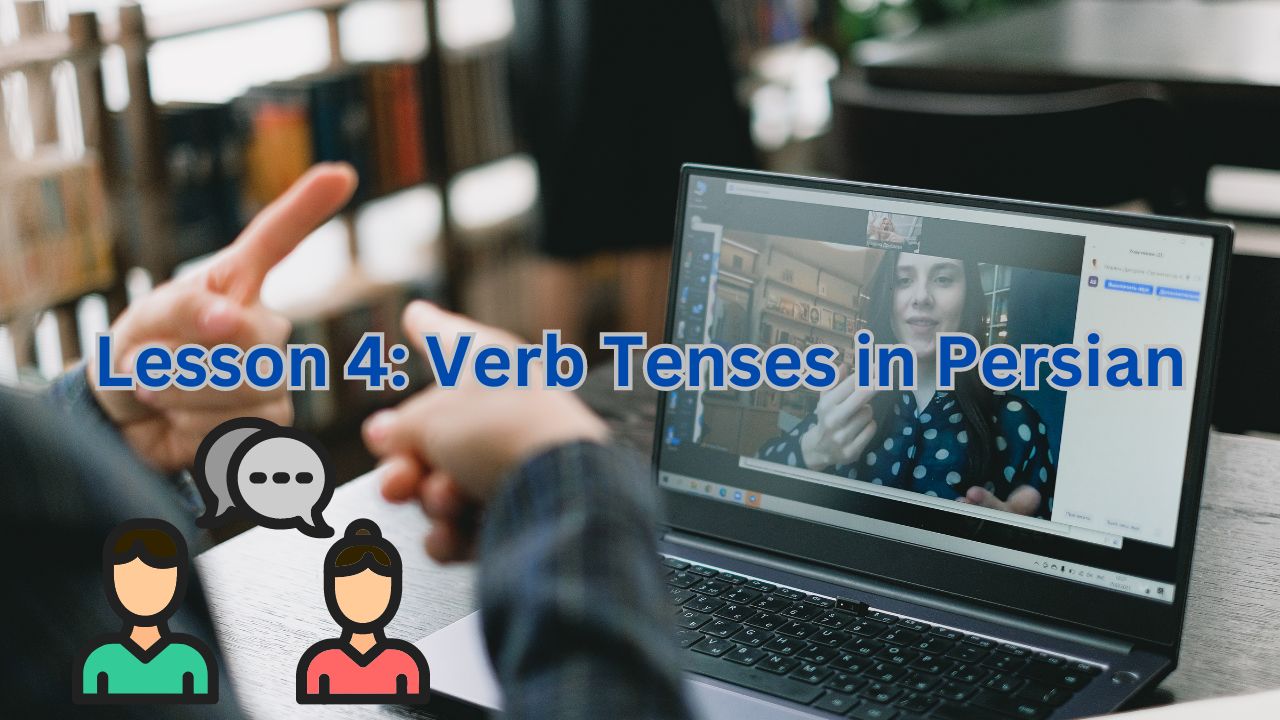Understanding Verb Tenses
In Persian, as in English, verb tenses indicate when an action happens. While the system might differ in structure, the concept remains the same.
The Present Tense
We’ve already introduced the simple present tense using the prefix mi-. Let's recap:
- Simple present: Used for habitual actions, general truths, and actions happening now.
- Example: من کتاب میخوانم. (Man ketāb mikhānam) - I read a book.
The Past Tense
To form the past tense, Persian verbs typically undergo changes in their structure. We'll focus on the simple past tense here.
- Simple past: Used for actions completed in the past.
Example:
- خواندن (khāndan) - to read
- خواندم (khāndam) - I read
Note: The past tense often involves changes to the verb stem, which can be complex.
The Future Tense
The future tense in Persian is formed using auxiliary verbs.
- Simple future: Used for actions that will happen in the future.
Example:
-
میخواهم بخوانم (mikhāham bekhānam) - I will read
-
میخواهم (mikhāham) is the auxiliary verb meaning "I want to."
Practice Time
Let's conjugate the verb رفتن (raftan - to go) in different tenses:
- Present:
- من میروم (man mirāvam) - I go
- تو میروی (to mirāvi) - You go
- Past:
- من رفتم (man raftam) - I went
- تو رفتی (to rafti) - You went
- Future:
- من میخواهم بروم (man mikhāham beravam) - I will go
- تو میخواهی بروی (to mikhāhi beravi) - You will go
Challenges and Tips
- Irregular verbs: Many Persian verbs have irregular past tense forms.
- Tense markers: Understanding the different markers for each tense can be tricky.
- Auxiliary verbs: Using auxiliary verbs correctly for future tense is essential.
Tips:
- Practice conjugating verbs in different tenses regularly.
- Listen to native speakers to get a feel for natural speech.
- Use online resources and textbooks for additional practice.
Would you like to delve deeper into specific tenses, such as the progressive or perfect tenses?
Remember, this is a basic overview. Persian verb conjugation can be quite complex, with numerous nuances and exceptions.
